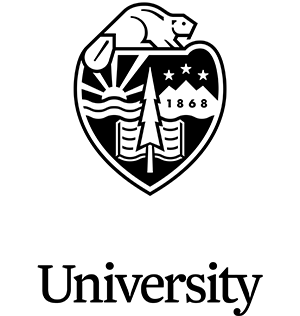Outdoor School Improves Student Mental Health
The outdoor school experience provides the following benefits for students:
Increased Meaning and Self-Identity
Individual identity and positive character traits, including a heightened sense of purpose, gratitude and optimism.
Improved Self-Efficacy
Ability to use critical thinking to solve problems, make a difference in their community, address environmental issues and influence their environment.
Social Emotional Learning*
The process through which children and adults acquire and effectively apply the knowledge, attitudes, and skills necessary to understand and manage emotions, set and achieve positive goals, feel and show empathy for others, establish and maintain positive relationships, and make responsible decisions including:
- Motivation and stress management
- Communication, collaboration and teamwork
- Empathy, diversity appreciation, and respect for others
- Responsible decision-making
___________________________________________________________
* For more information, see Evaluation Report, Braun (2020), which is available here:
https://oregonstate.app.box.com/s/7j7epv3e8i1e5e53u9apxrdstxq9p3bx
Student Mental Health Improvements

Students report significant increases in their self-efficacy as a result of their outdoor school experience.

More than half of students attending Outdoor School report having a transformative experience. This far outnumbers students attending a typical week of school.
I will talk to more people and not be scared.

Students with behavioral issues or extremely reserved in typical school settings came out of their shell or were a great leader at ODS and then [in] taking that experience back to the classroom.
Academics and Outdoor School
Results indicate that outdoor school influences academic performance in several subject areas
STEM (Science, Technology, Engineering and Math) and Natural History
Sustainability and Environmental Education
Food, Agriculture and Forestry
Social Studies and Geography
Oregon Studies and Multicultural Education
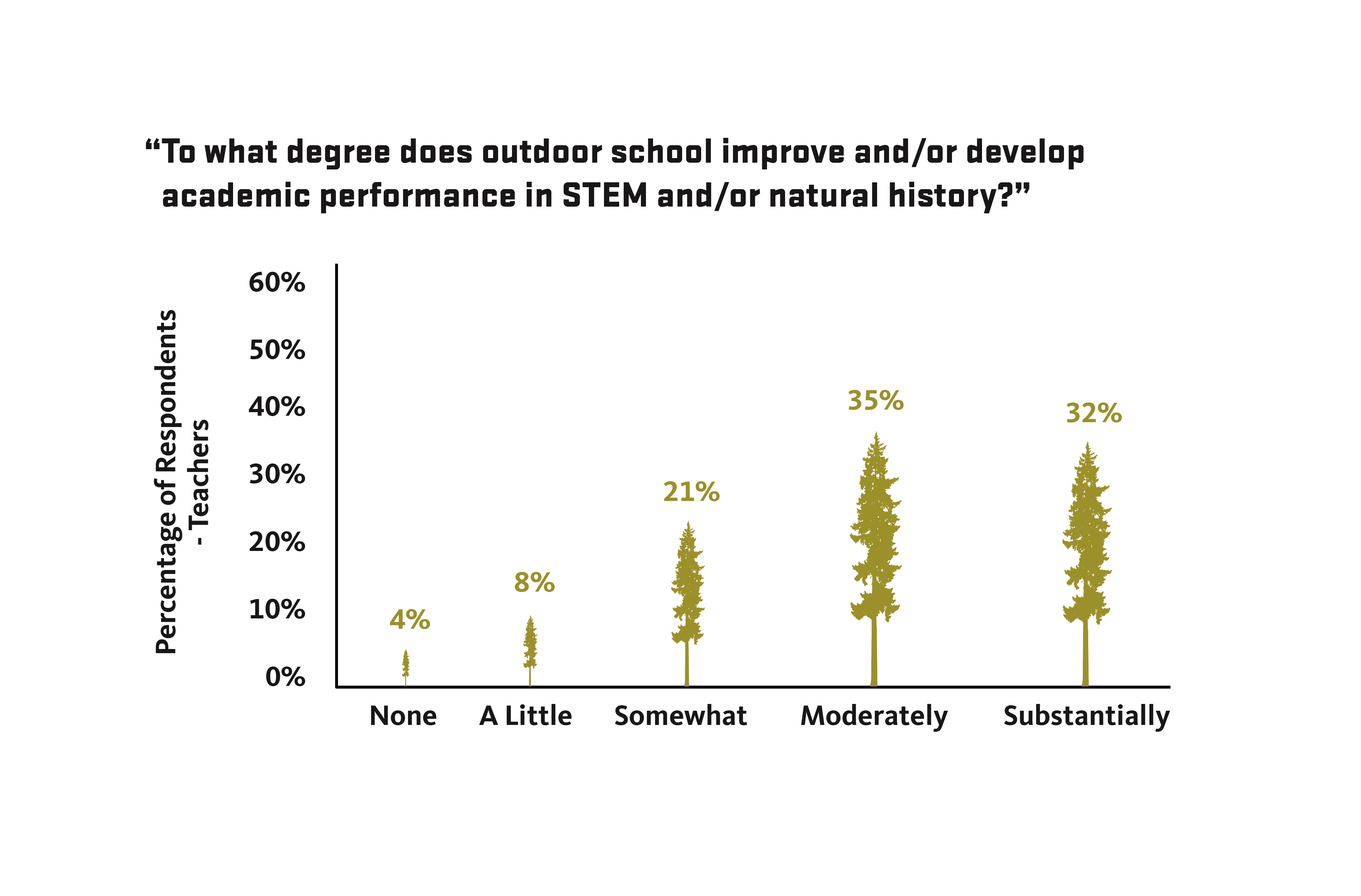
More than 90% of teachers report that outdoor school improves academic performance in STEM and Natural History.
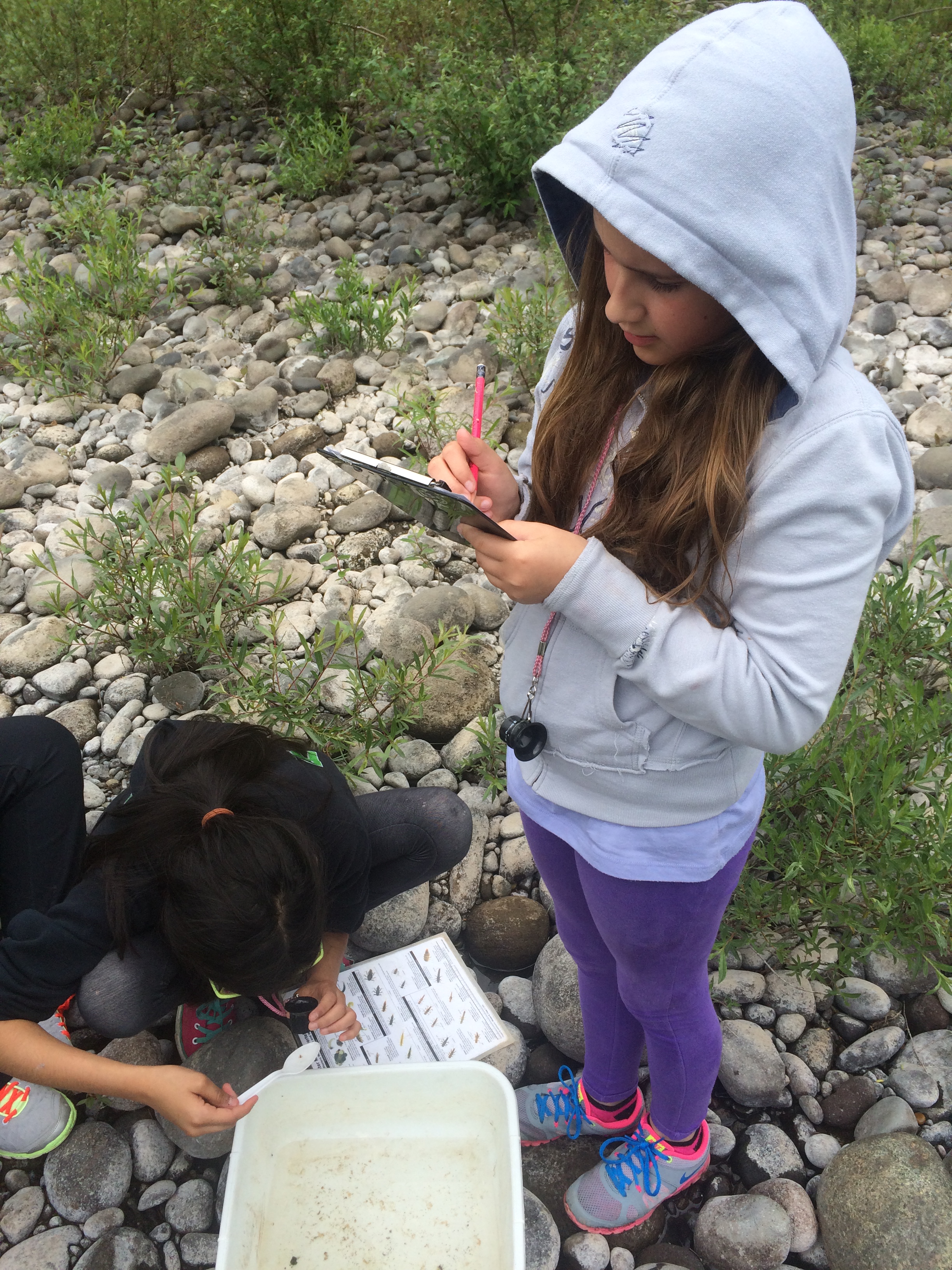
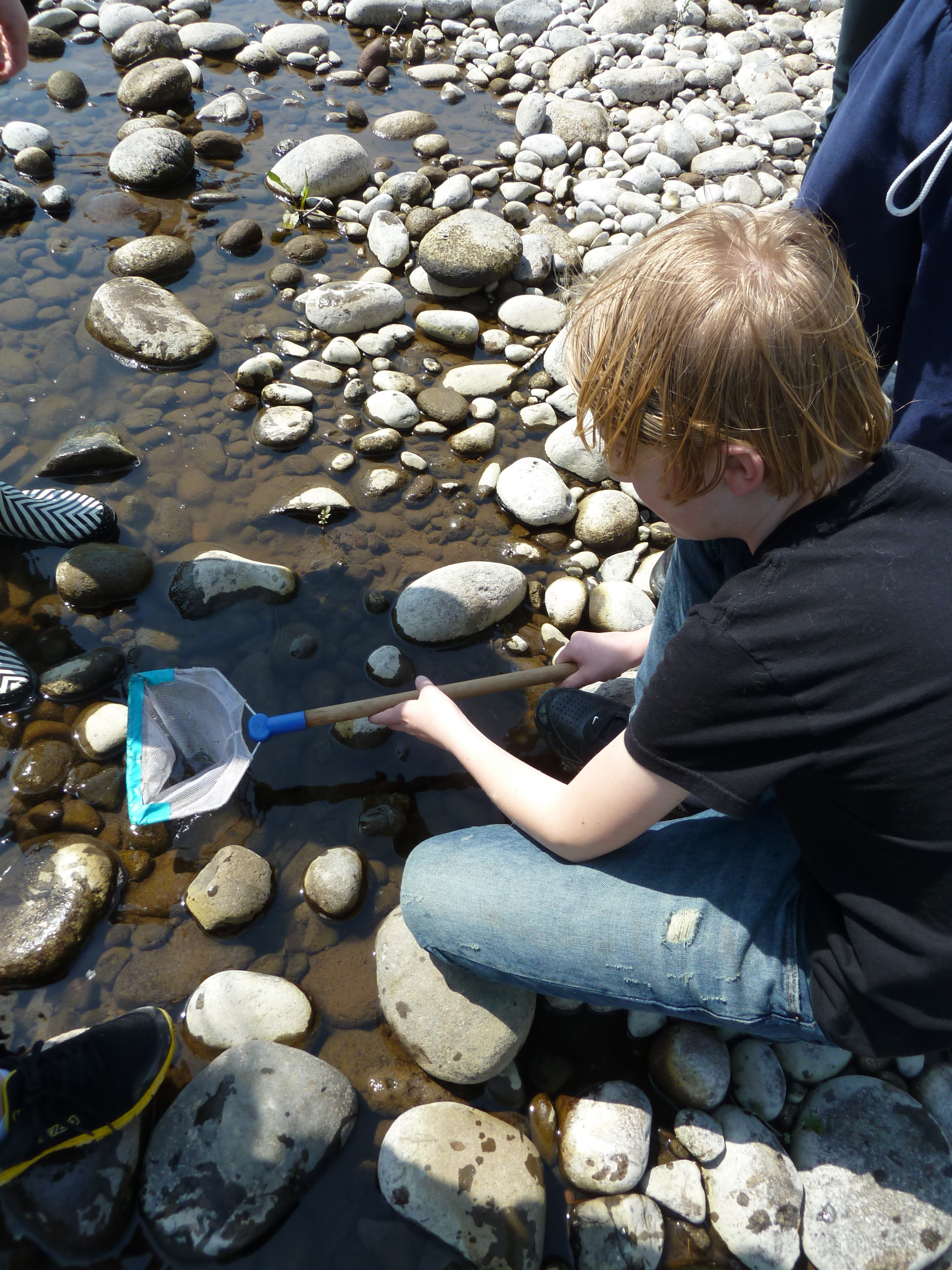
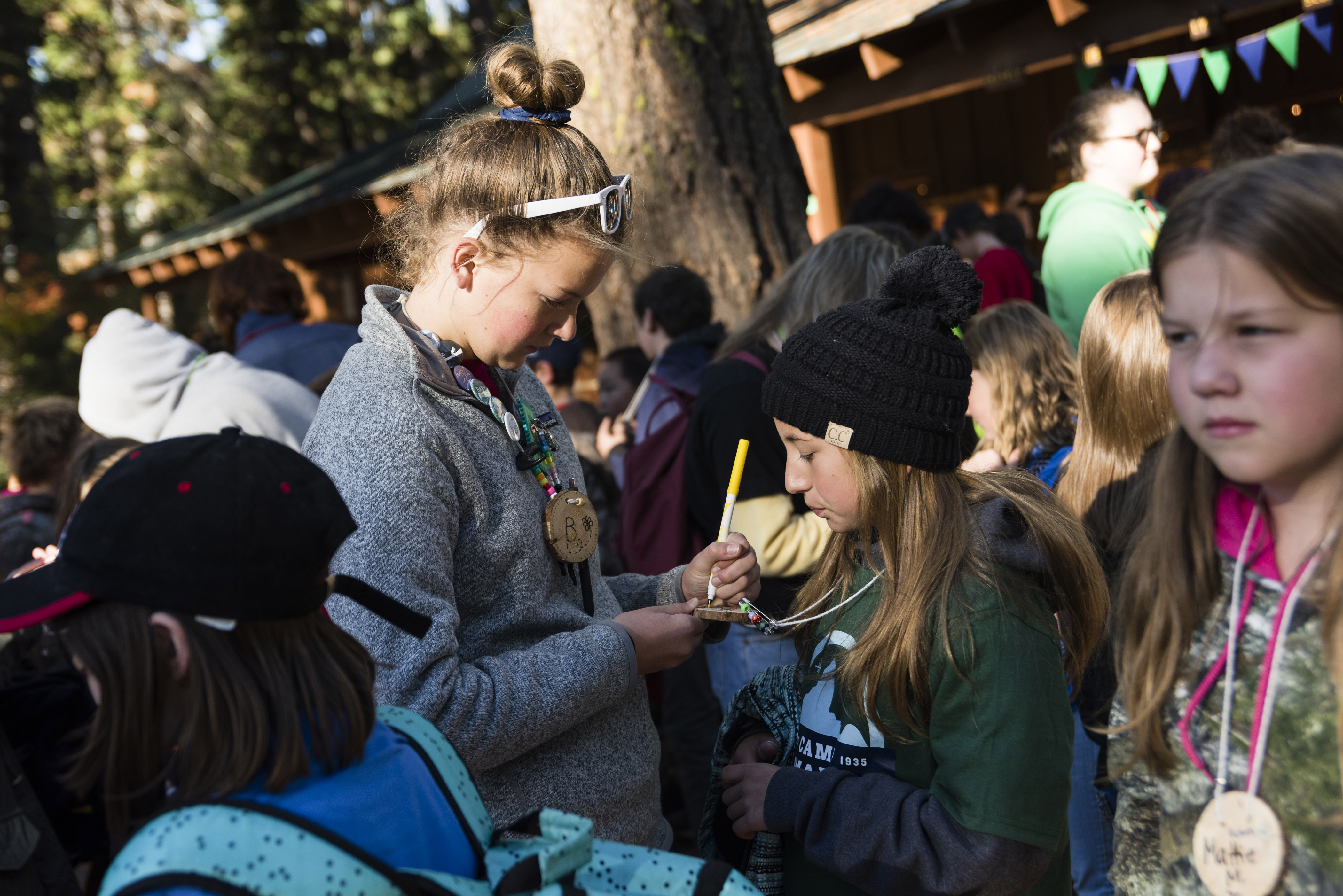
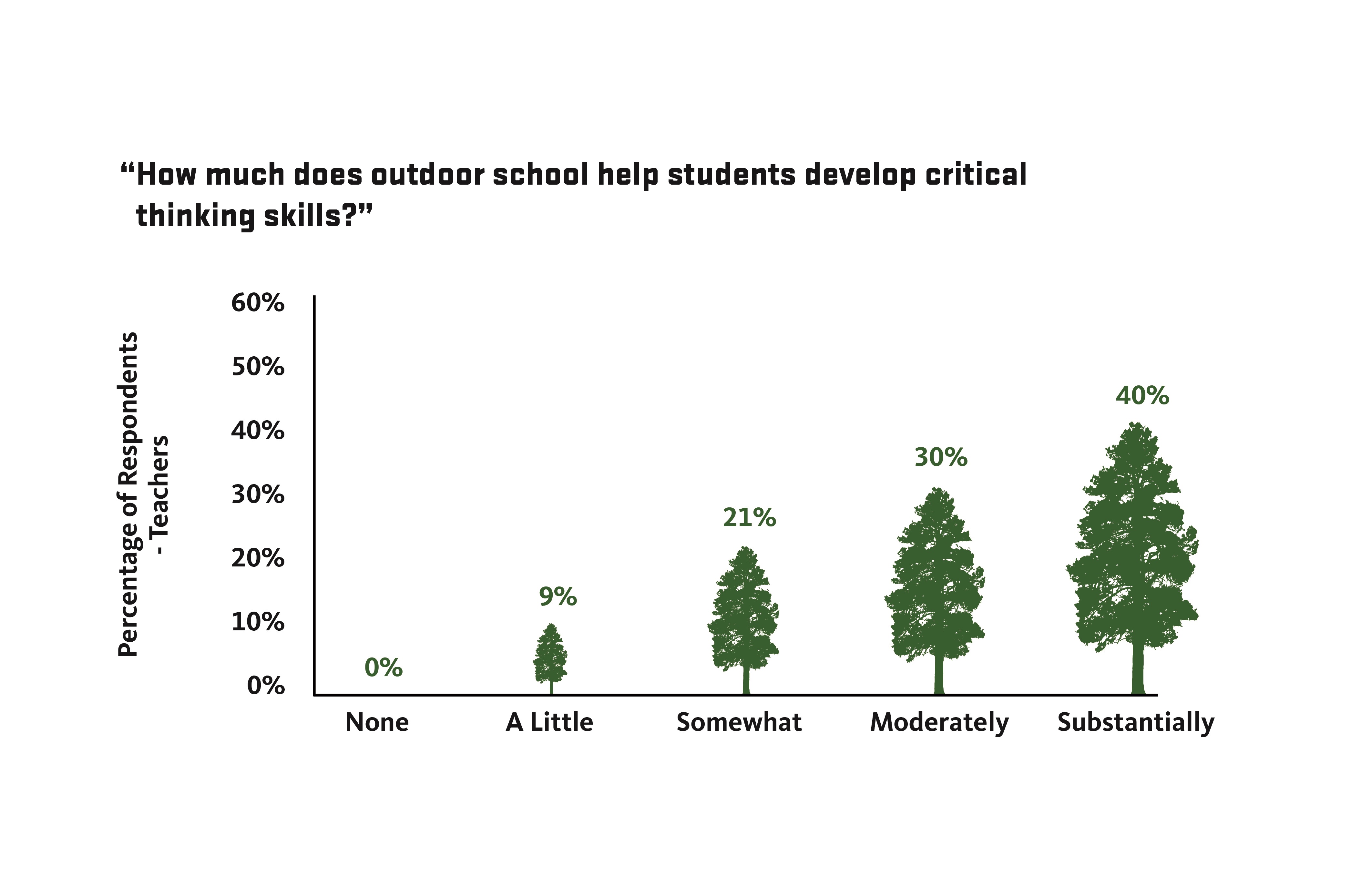
More than 90% of teachers report that outdoor school helps students develop critical thinking, an important 21st-century skill.
FUN FACT!
The tree images used on our graphics though stylized, are based on two types or trees found in Oregon: The tall slender tree is Oregon’s state tree, the Douglas-fir, and the more rounded tree is a Pine, which based on its shape, is likely a Jeffrey Pine (found in southern Oregon) or a Whitebark Pine (found in the Cascades and Wallowas at timberline).
Outdoor School Program Improvements
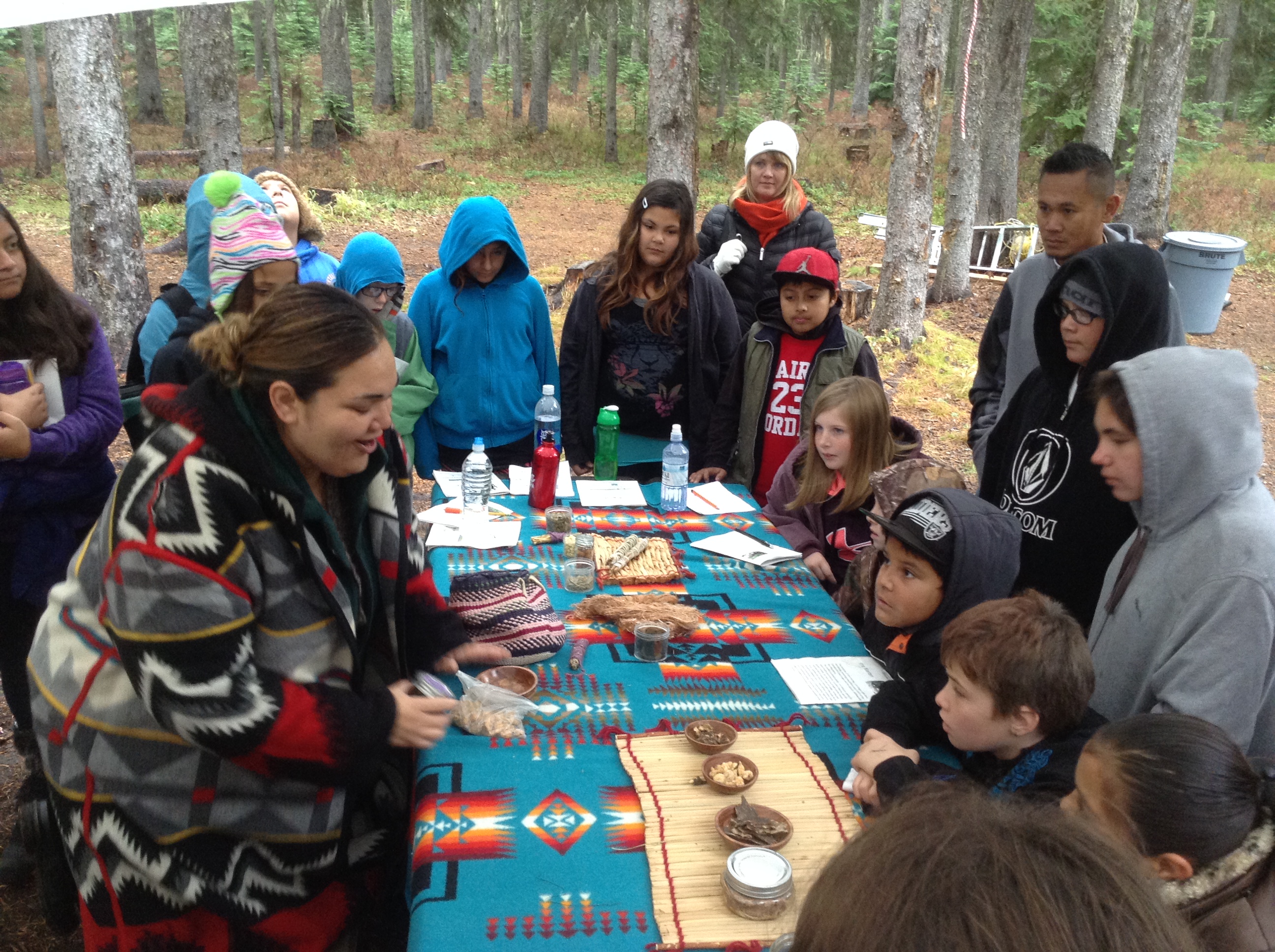
Outdoor School is a personal, community, and statewide endeavor supported and implemented by a broad network of partners
Recommendations for program improvement:
Integrate the outdoor school experience with the classroom experience both before and after outdoor school.
Provide classroom teachers with relevant, rigorous, and supportive training and instructional materials for use in their classrooms to maximize the impact of outdoor school on student learning.
Provide educators with professional development relevant to responsive, inclusive and safe instruction:
- Create inclusive policies and practices that support students’ gender identities and assert gender equity.
- Consider targeted support for students from all racial and ethnic backgrounds.
- Provide culturally responsive curriculum and programming.
- Create inclusive policies and practices that support students with exceptional needs.
Collaborate. Develop and celebrate partnerships.
Teachers, community groups, natural resource providers, businesses and nonprofits provide substantial support, fill many roles and enhance the outdoor school experience.
Use evaluation results to understand programming outcomes, and develop and implement evidence-based improvement strategies.
Participate in outdoor school-related professional development opportunities.
Work with your community to make outdoor school more inclusive when developing or renewing policy and legal guidelines at the district and/or local level (e.g., overnight accommodations or universal access in a remote setting).
Students who did not always engage in a classroom setting were more alert, active, and involved in the ODS setting. Many students accomplished tasks they did not think they could do.

